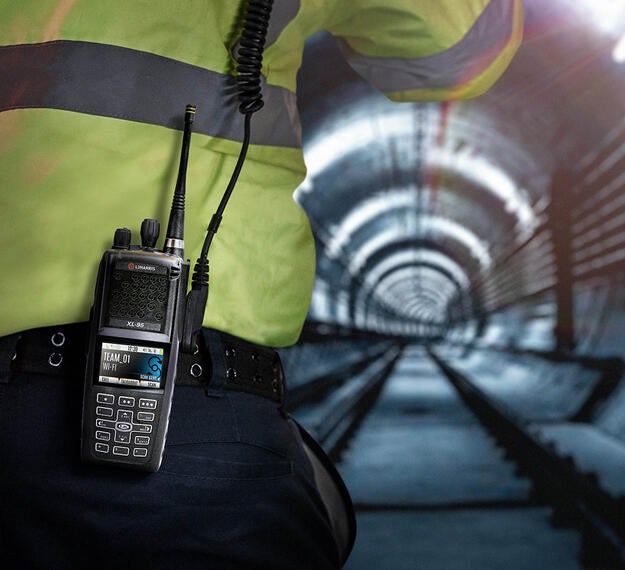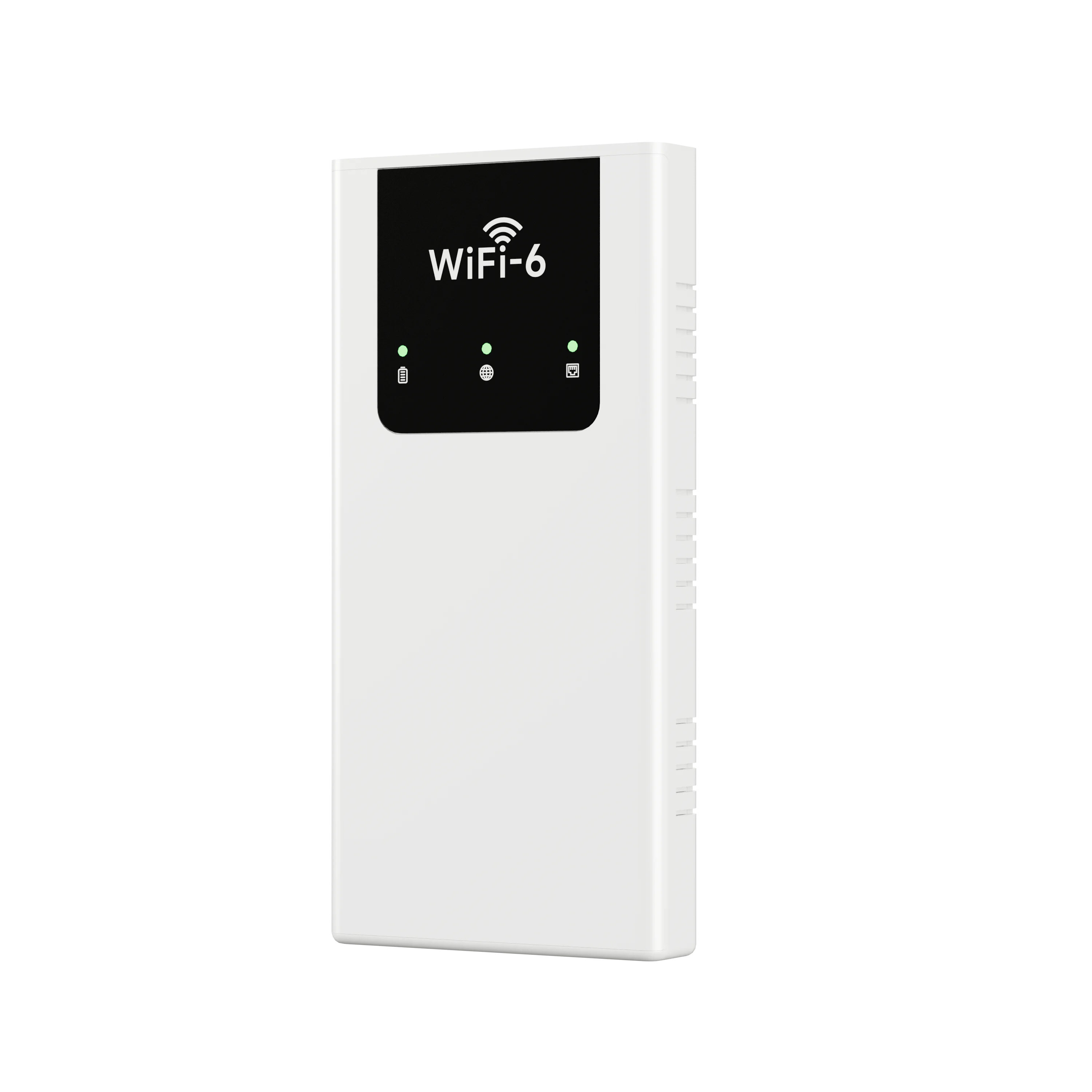Revolutionizing Communication: Unveiling the Speed of Radio Communication

In today's fast-paced world, communication plays a vital role in connecting people across vast distances. One of the most widely used forms of communication is radio communication. But have you ever wondered just how fast radio communication really is? In this blog post, we will delve into the intricacies of radio communication, exploring its speed, capabilities, and impact on various industries.
- The Basics of Radio Communication:
Radio communication involves the transmission of signals through radio waves, allowing for the exchange of information between two or more devices. These devices can range from radios and walkie-talkies to satellites and cell phones. The speed of radio communication is determined by various factors, including the frequency and bandwidth of the radio waves used. - Speed and Efficiency:
Radio communication is known for its remarkable speed and efficiency in transmitting information. Unlike other forms of communication, such as postal mail or even email, radio waves travel at the speed of light. This means that radio signals can traverse vast distances in a matter of milliseconds, enabling real-time communication across the globe. - Applications in Different Industries:
3.1. Telecommunications:
Radio communication forms the backbone of modern telecommunications systems. From mobile phones to wireless internet connections, radio waves enable seamless communication between devices, allowing people to stay connected wherever they go.
3.2. Aviation and Aerospace:
In the aviation and aerospace industries, radio communication is crucial for safe and efficient operations. Pilots rely on radio communication to communicate with air traffic controllers, receive weather updates, and coordinate their movements. Similarly, satellites use radio waves to transmit data back to Earth, enabling scientists to gather valuable information about our planet and beyond.
3.3. Emergency Services:
During emergencies, radio communication becomes a lifeline for first responders. Police, firefighters, and paramedics rely on radio systems to coordinate their efforts, share critical information, and ensure the safety of both responders and the public. The speed of radio communication in these situations can be a matter of life and death.
- Advancements and Future Prospects:
As technology continues to advance, so does radio communication. The introduction of digital radio systems has further improved the speed and quality of communication. Additionally, ongoing research and development in areas such as 5G technology and satellite communication promise even faster and more reliable radio communication in the future.
Conclusion:
Radio communication has revolutionized the way we connect and communicate. Its speed and efficiency make it an indispensable tool in various industries, from telecommunications to emergency services. As technology continues to evolve, radio communication will undoubtedly play an even more significant role in shaping our interconnected world.
